Unraveling the Meaning Behind Tswana Traditional Dress Symbolism
Unraveling the Meaning Behind Tswana Traditional Dress Symbolism

Introduction
Tswana traditional dress is not just a fashion statement but a symbol of cultural identity and heritage. Each element of the dress carries deep meaning and significance, reflecting the values, beliefs, and traditions of the Tswana people.
Explanation of Tswana Traditional Dress
Tswana traditional dress consists of various components that come together to create a visually striking ensemble. The attire typically includes garments such as a dress or skirt, known as a “leteisi,” adorned with vibrant and intricate patterns. Accessories like head wraps, beaded necklaces, and bracelets are also commonly worn to complete the look.
Purpose of Traditional Dress in Tswana Culture
The traditional dress holds great importance in Tswana culture. It serves as a way to honor and preserve their heritage, passing down traditions from one generation to another. It also acts as a form of self-expression, allowing individuals to proudly showcase their cultural identity. Additionally, the dress plays a significant role in ceremonial events, such as weddings and initiation ceremonies, where it symbolizes unity, respect, and the celebration of Tswana customs.
In conclusion, Tswana traditional dress is more than just clothing; it is a powerful representation of cultural pride and heritage. By understanding the symbolism behind each element, we can appreciate the richness and beauty of Tswana culture.
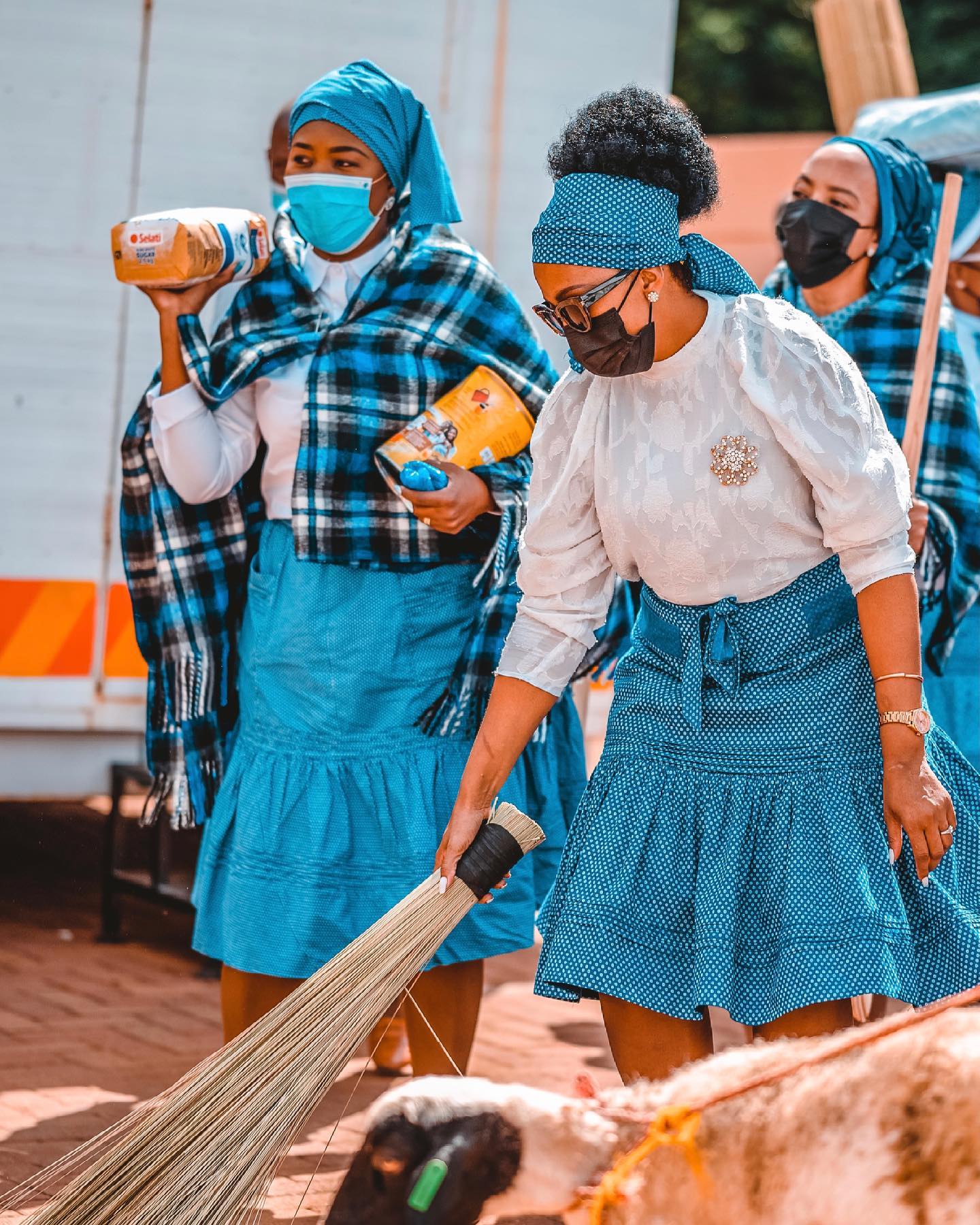

History of Tswana Traditional Dress
The traditional dress of the Tswana people holds deep cultural significance and is an important aspect of their heritage. Understanding the meaning behind the attire can provide valuable insights into their history and traditions.
Origins of Tswana Traditional Dress
The Tswana people, who are native to Southern Africa, have a rich history that dates back centuries. Their traditional dress reflects their cultural identity and is influenced by their environment. The use of natural materials such as animal skins, beads, and plant fibers is common in Tswana attire. These materials not only serve a practical purpose but also hold symbolic meaning.
Evolution and Changes Over Time
Over time, Tswana traditional dress has evolved and adapted to changing circumstances. With the influence of colonization and modernization, the attire has incorporated elements from other cultures while still maintaining its distinctive Tswana characteristics. Today, Tswana traditional dress is often worn during special occasions such as weddings, festivals, and cultural ceremonies. It serves as a way to preserve their heritage and celebrate their identity.
Understanding the symbolism behind Tswana’s traditional dress allows us to appreciate the cultural significance it holds for the Tswana people. It is a testament to their resilience, creativity, and pride in their heritage.

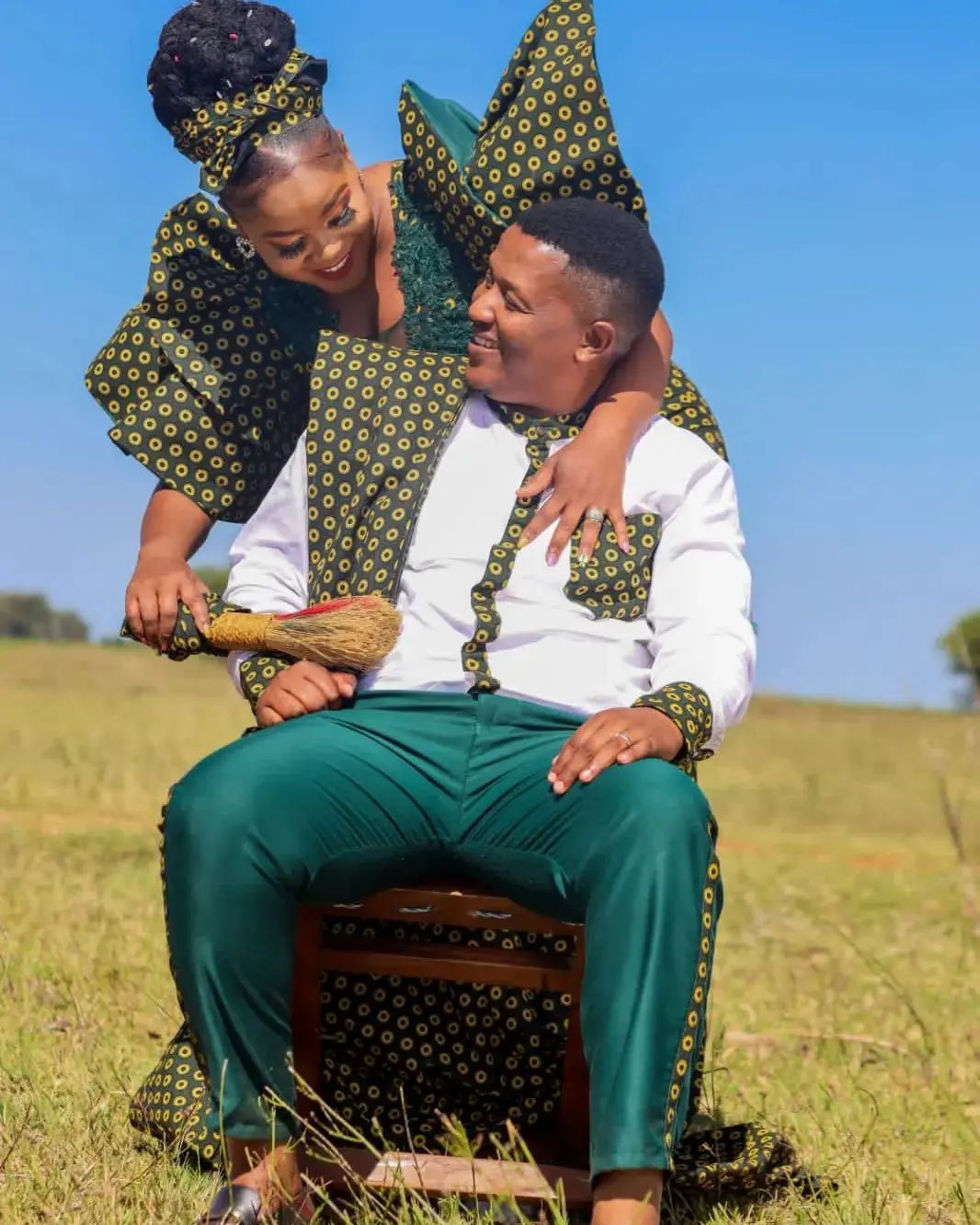
Colors and Patterns in Tswana Traditional Dress
The Tswana people have a rich cultural heritage, and their traditional dress is an important aspect of their identity. The colors and patterns used in Tswana traditional dress hold deep meanings and symbolism.
Meanings of Different Colors
- Blue: Blue is associated with peace, tranquility, and harmony. It represents loyalty and trustworthiness.
- Red: Red symbolizes power, strength, and vitality. It is often worn during celebrations and ceremonies.
- Yellow: Yellow represents wealth, prosperity, and fertility. It is also associated with the sun and warmth.
- Green: Green symbolizes growth, renewal, and abundance. It represents the fertile land and agricultural practices of the Tswana people.
Symbolism of Patterns and Designs
- Stripes: Stripes are a common pattern in Tswana traditional dress. They represent unity, community, and togetherness.
- Geometric Designs: Geometric designs are often seen in Tswana traditional dress. These designs symbolize order, balance, and harmony.
- Animal Motifs: Animal motifs such as leopard spots or zebra stripes are used to represent strength, bravery, and connection to nature.
The colors and patterns in Tswana traditional dress not only add beauty to the garments but also tell a story about the culture, values, and beliefs of the Tswana people. Wearing traditional dress is a way for the Tswana people to honor their heritage and preserve their cultural identity.


Accessories and Adornments in Tswana Traditional Dress
Tswana traditional dress is not just about the garments themselves, but also the accessories and adornments that accompany them. These accessories hold deep cultural and symbolic significance, reflecting the rich heritage of the Tswana people.
Significance of Beads and Necklaces
Beads and necklaces play a crucial role in Tswana traditional dress. They are not just decorative elements but carry profound meaning. Beads are often used to symbolize different stages of life, marital status, or even social status. They can also represent fertility, protection, and spirituality. Necklaces are worn as a form of self-expression and can convey personal beliefs or affiliations with certain groups or clans.
Importance of Headgear and Hats
Headgear and hats are essential components of Tswana traditional dress. They serve both practical and symbolic purposes. Hats protect individuals from the sun’s rays, while headgear signifies social status, age, or marital status. Different styles of headgear are worn for various occasions, such as weddings, funerals, or traditional ceremonies. These headpieces often feature intricate designs and patterns that reflect the cultural heritage of the Tswana people.
In conclusion, the accessories and adornments in Tswana traditional dress hold great significance in terms of cultural identity, symbolism, and personal expression. They contribute to the overall beauty and uniqueness of Tswana attire, showcasing the rich traditions and values of this vibrant community.

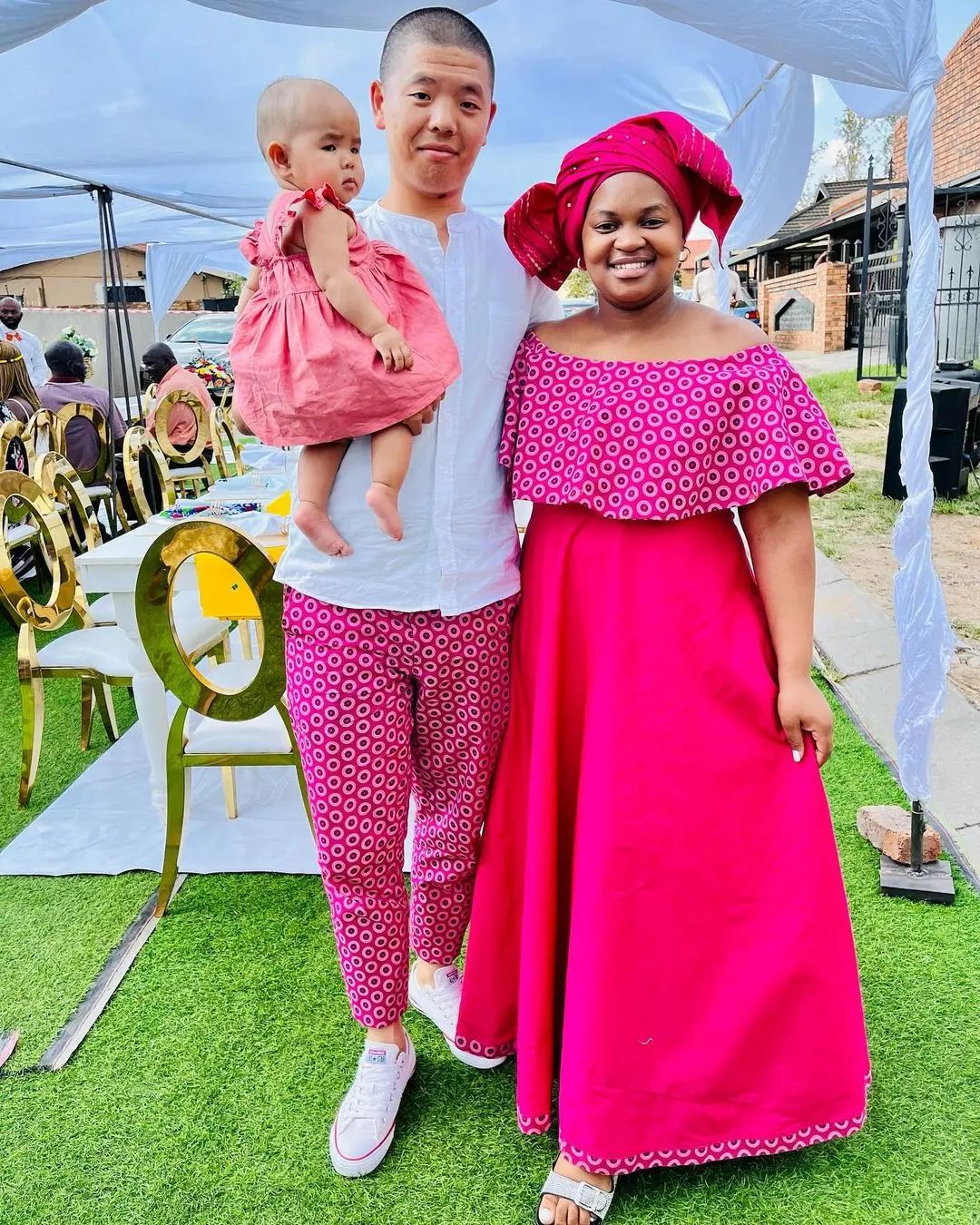
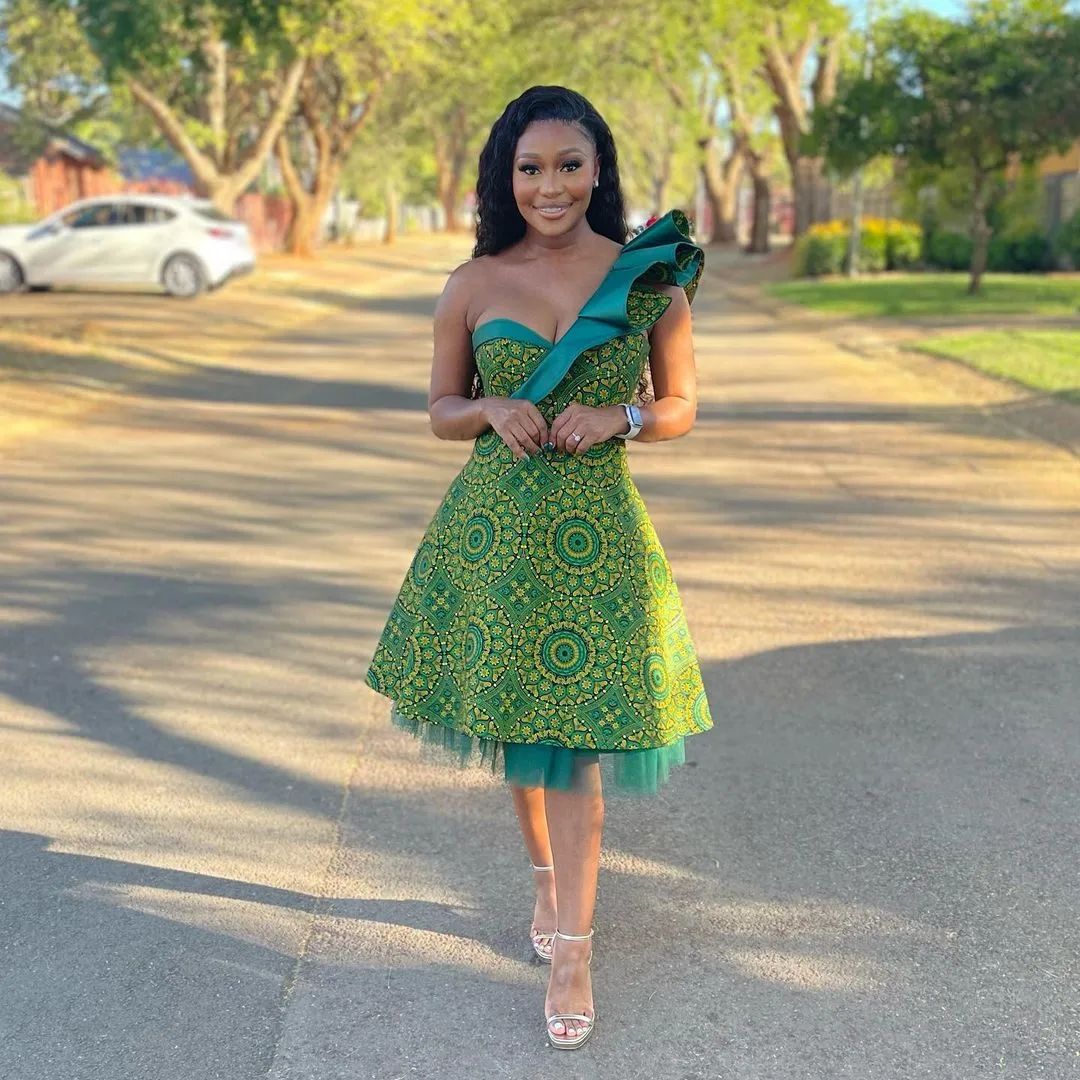
Traditional Dress for Different Occasions
The Tswana people have a rich cultural heritage, and their traditional dress plays a significant role in expressing their identity and values. Understanding the symbolism behind Tswana’s traditional dress can provide insights into their customs and traditions.
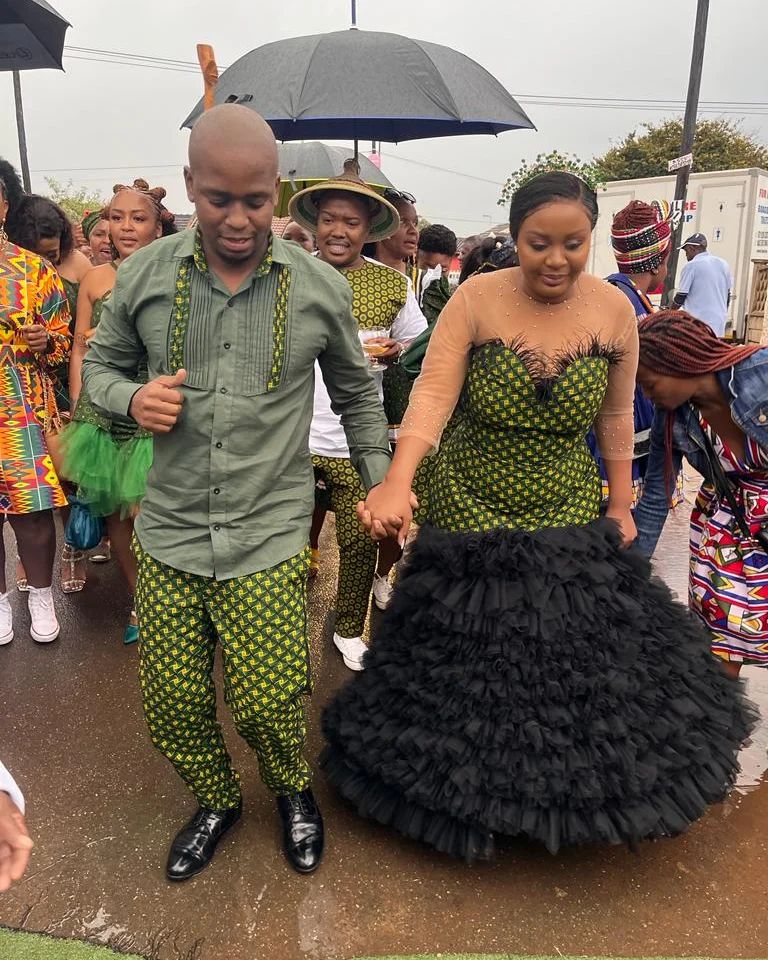
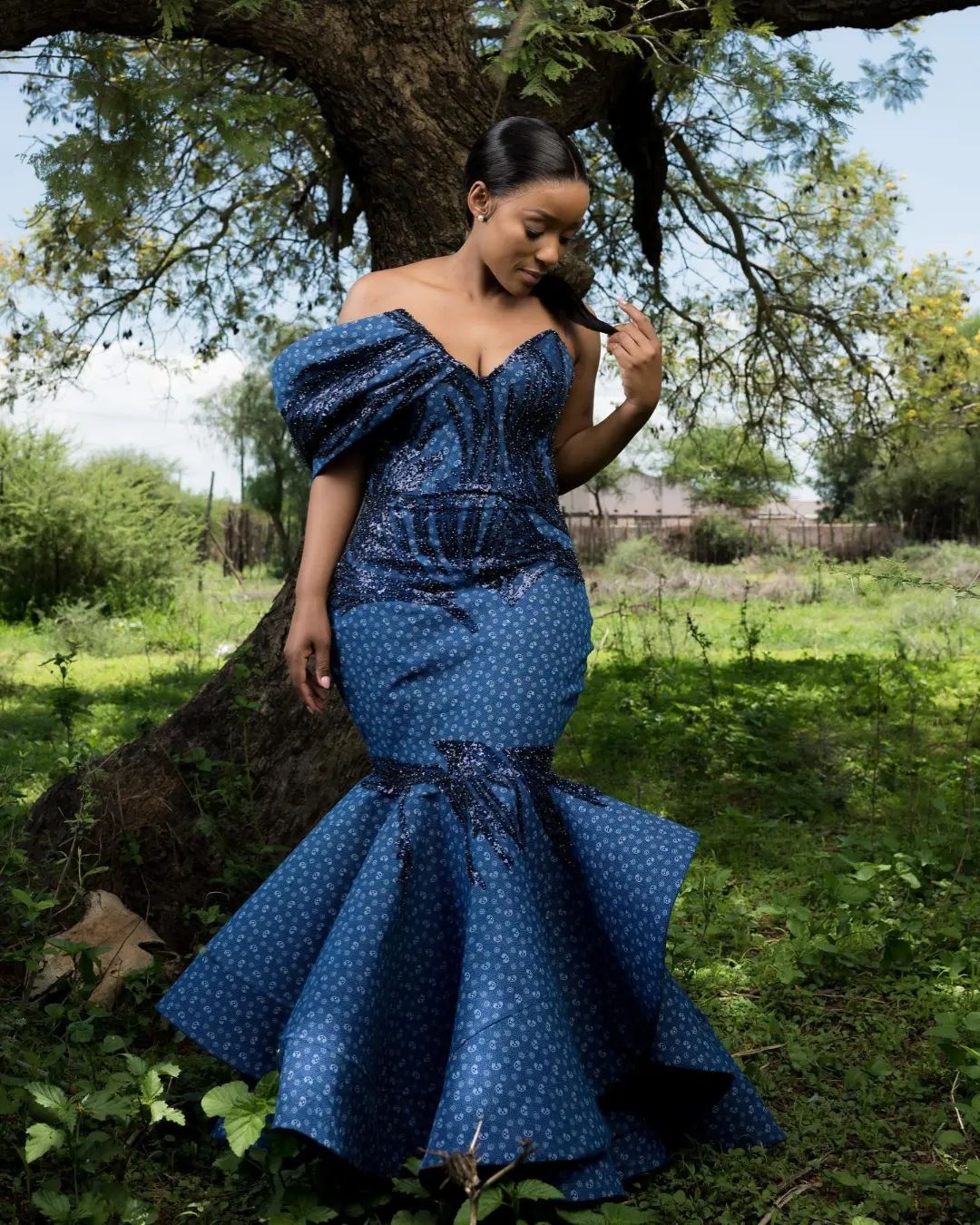
Tswana Traditional Dress for Weddings
Weddings are important occasions in Tswana culture, and traditional dress plays a crucial role. The bride typically wears a colorful dress called a “leteisi,” which is adorned with intricate beadwork and embroidery. The groom wears a matching outfit called “metsi,” which includes a shirt, pants, and a blanket.

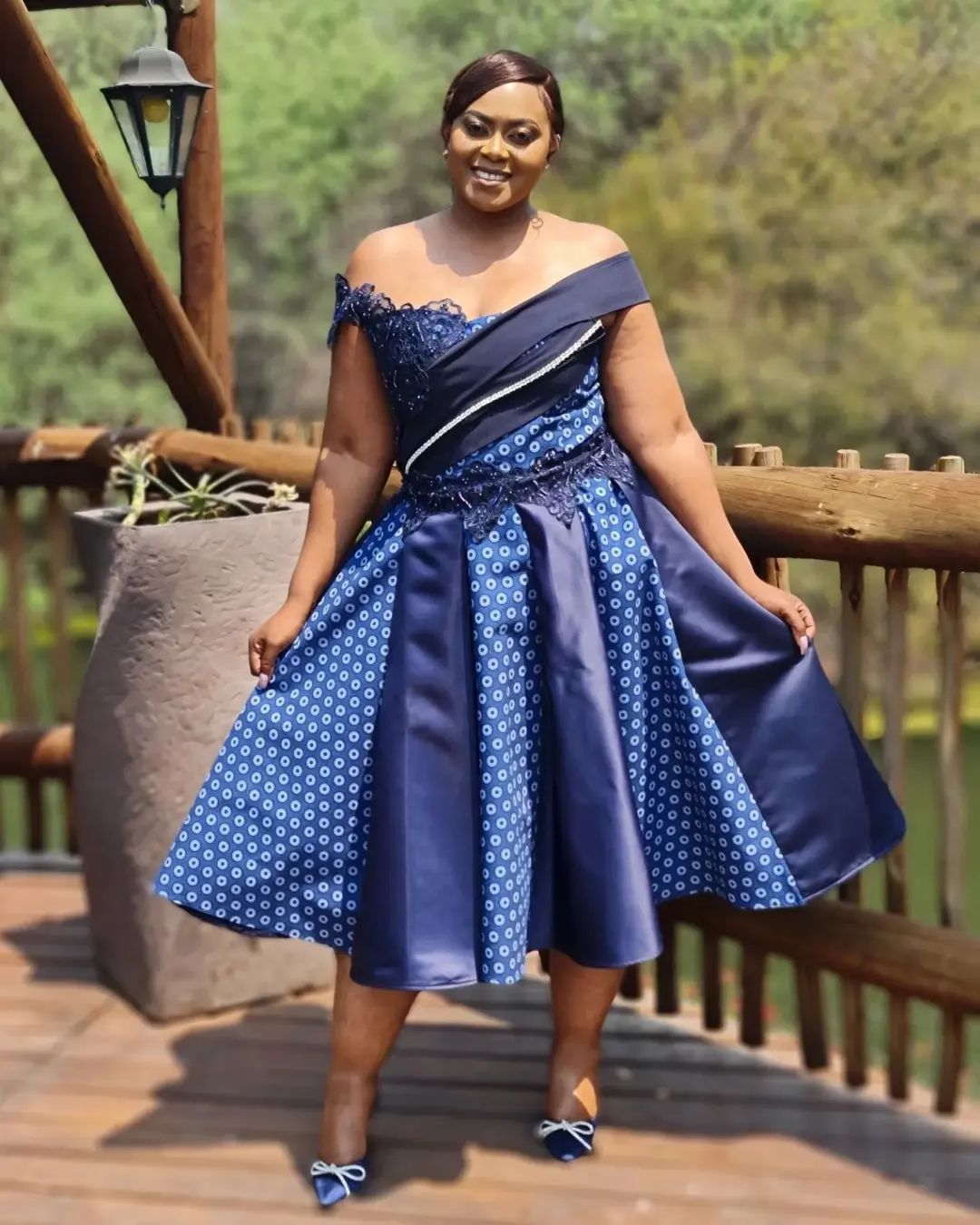
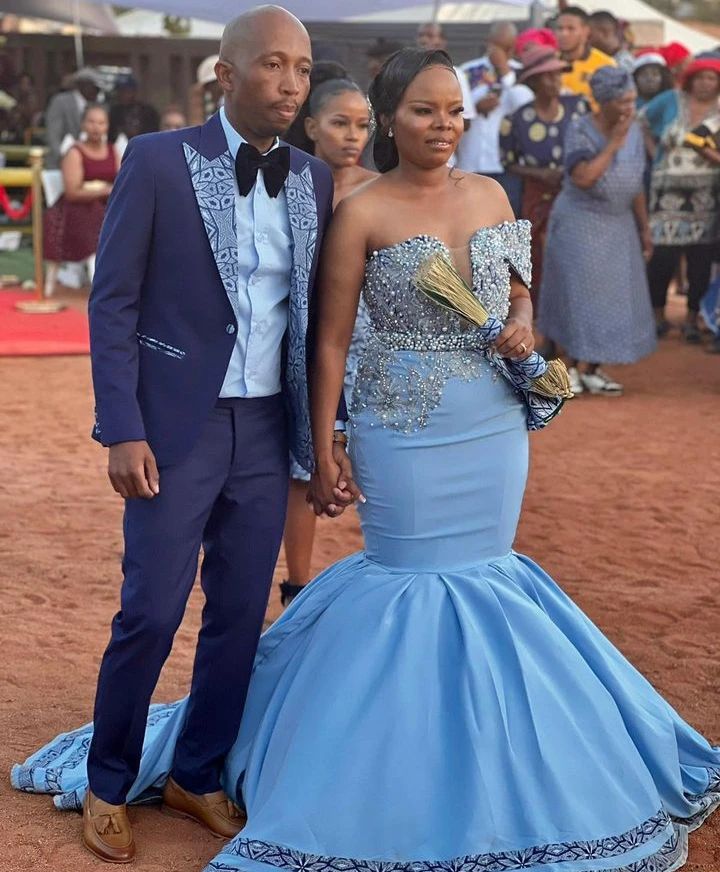
Traditional Dress for Festivals and Ceremonies
During festivals and ceremonies, Tswana people showcase their cultural pride through their traditional dress. Women often wear a “pelele,” which is a skirt made from colorful fabric with intricate patterns. Men wear a “kaross,” which is a cloak made from animal skins or blankets.
The symbolism behind Tswana traditional dress reflects their values of community, heritage, and celebration. It serves as a visual representation of their cultural identity and is an integral part of their social gatherings and rituals.
Comments are closed.